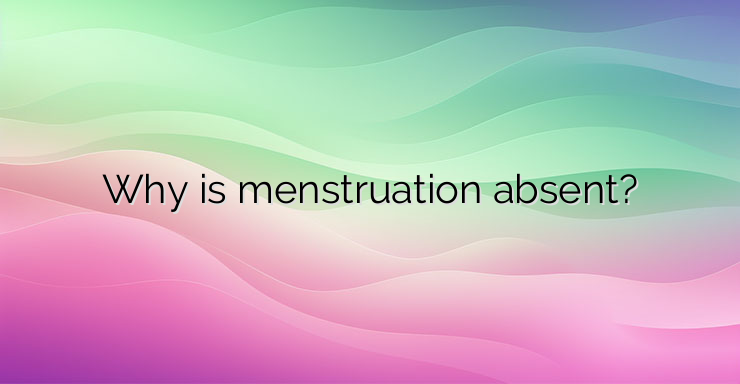Most women have between 11 and 13 menstrual cycles a year. It is normal for some to be more or less in number. Its duration is individual for each woman. The duration of the menstrual cycle during a woman’s reproductive period is not always the same. In the first few years, menstruation is irregular until the levels of hormones involved in the egg maturation process are balanced. Almost as much at the beginning of the period as at the end, the periodicity of menstruation becomes unpredictable and erratic. This is the time immediately before menopause – perimenopause. When menstruation is absent for a year, it means that the woman has entered menopause. In the absence of menstruation, women are guided by the onset of pregnancy. Whether this is the reason can be easily established by conducting a urine test, available in pharmacies at affordable prices. The test reports pregnancy with a delay of one week from the date of expected menstruation. Menstruation is also irregular during breastfeeding. This does not mean that the woman then cannot become pregnant – on the contrary, but the body needs time to regain its usual hormonal background after the expired pregnancy and childbirth. In addition, the fact that lactogenesis also depends and reflects on hormonal levels and from there on the regularity of the cycle is added. However, the absence of menstruation can also occur in some conditions and is an indicator of pathology when the causes are different from those mentioned above. Both sudden weight loss and rapid weight gain cause changes in the body that reflect on the balance of hormones, including those that regulate the menstrual cycle and fertility. People suffering from anorexia and bulimia nervosa generally have a similar problem. Menstruation can be late with any illness, from colds and flu to much more serious ones. It is not by chance that the absence of menstruation in reproductive age, when it is persistent, is seen as a symptom of illness. NEWS_MORE_BOX A woman is initially screened for a hormonal problem by conducting a number of specific tests on hormone levels associated with the menstrual cycle. Polycystic ovary syndrome is a hormone-related disease. One of the problems encountered by modern women, in this aspect, is the prematurely exhausted ovarian reserve. This is considered to be the one that occurred before the age of 40. Absence of menstruation can be due to irritable bowel syndrome, liver disease, diabetes, tuberculosis, etc. In these cases, in addition to the absence of menstruation, other specific signs are taken into account, by which doctors can judge the origin of the problem and the type of disease. Absence of menstruation is also reported as a result of chemotherapy and radiation therapy. Therapies generally affect the menstrual cycle. This includes the intake of various types of medication such as hormonal tablets, antibiotics, antidepressants, etc.as well as drug abuse. There are 3 more popular reasons for late periods. Under stress, the menstrual cycle may change abnormally and bleeding may occur too early or on the contrary. Climate change affects the body and hormonal balance in the same way. Menstruation can also be absent due to a regime of intensive training. This problem is common among female athletes.


Leave a Reply